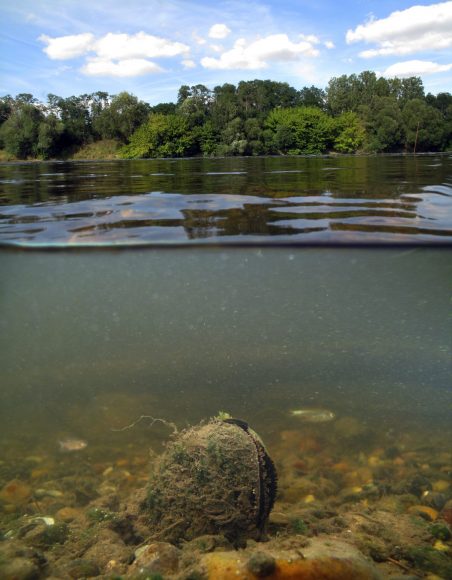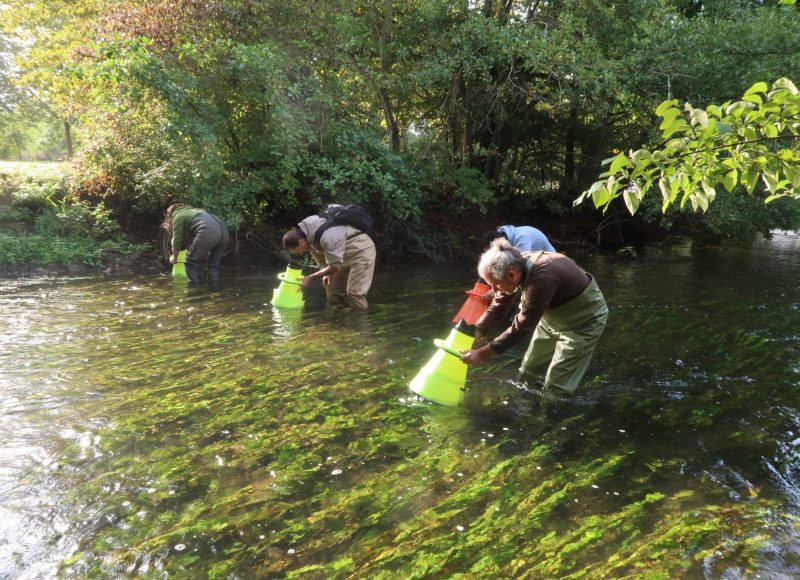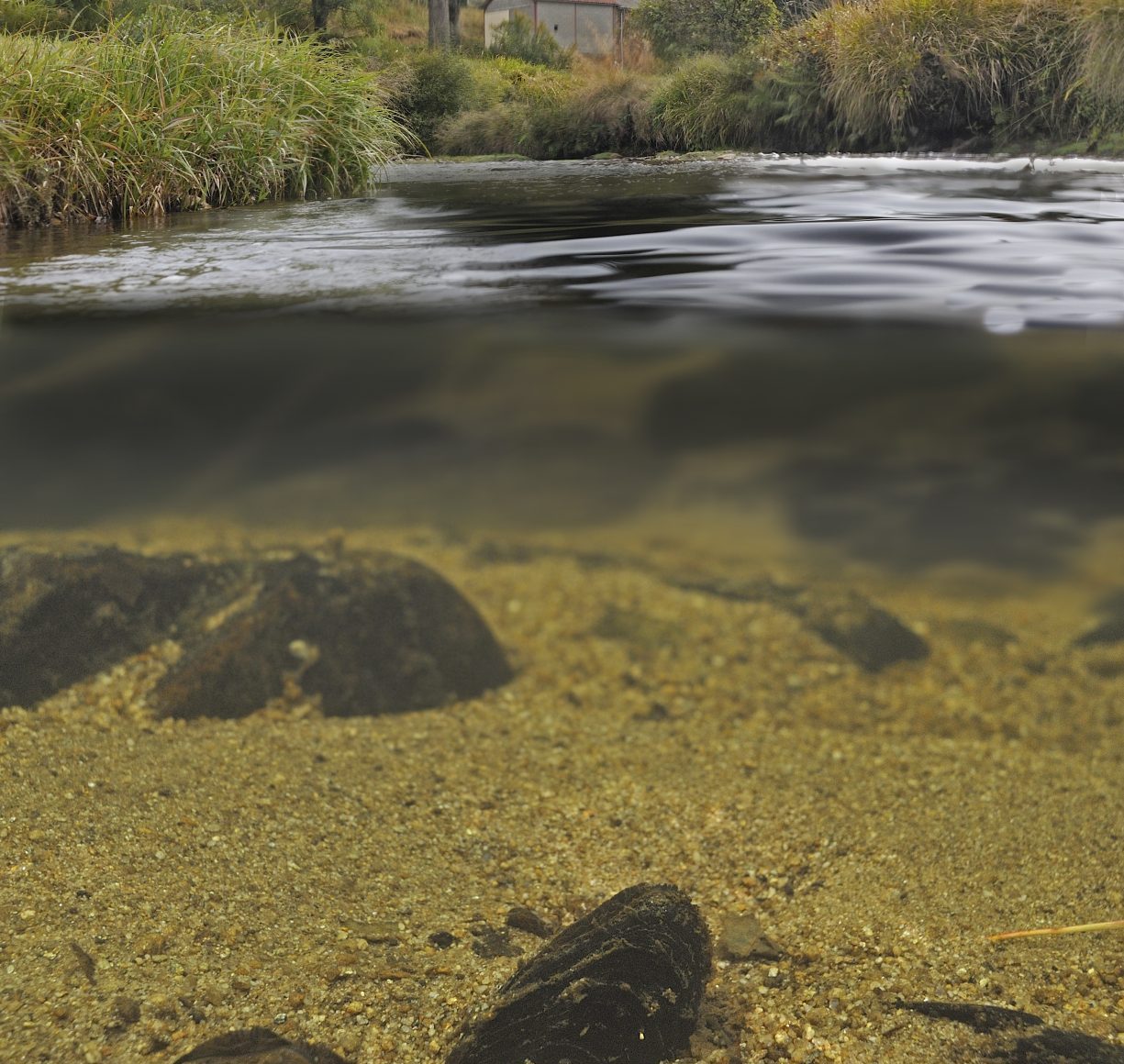Freshwater bivalves are among the most endangered invertebrates in the world. The giant freshwater pearl mussel, once common in all the major rivers of Western Europe, now only exists as six small and declining populations. And yet the functional role of bivalves is an essential one. As they constantly filter river water, they are excellent bioindicators of the quality of aquatic environments. Conversely, invasive species threaten ecosystems and efforts to control their numbers are extremely costly.

DIFFICULT INVENTORIES
Cataloguing bivalves is a major challenge, especially in the large rivers which contain the bulk of their biodiversity. First, exploring aquatic environments can be difficult and dangerous, even for experienced divers. Second, many of the species are rare and/or difficult to detect because they are small, covered in silt or algae, or bury themselves in sediment periodically. On top of all these observation hurdles come identification problems. Many species are, in fact, particularly difficult to identify in the field without the assistance of genetics.

eDNA CHANGES EVERYTHING
Since 2015, Vigilife members, in collaboration with several French and Portuguese partners, have been developing a new method for cataloguing freshwater bivalves based on eDNA. As part of this, more than 300 sites have been studied throughout France.
In every case, eDNA detected all species catalogued through traditional inventories and 20–30% more species in general.
The results show just how effective this method is: in every case, eDNA detected all species catalogued through traditional inventories and 20–30% more species in general. It even led to the rediscovery of a population of giant freshwater pearl mussels previously thought to be extinct. This data is in line with knowledge about the ecology and biogeography of documented freshwater bivalves. Tests carried out in French Guiana and Morocco have also proved conclusive and confirm the advantages of using this method on a large scale.
TOWARDS DEPLOYMENT IN UNDERGROUND
ENVIRONMENTS
The convincing results obtained so far open up new possibilities for monitoring the health status of bivalves in other, hard-to-access environments. This is especially the case for underwater aquifers, which supply humans with most of their drinking water. Work is also under way to catalogue gastropods. This would make it possible to complete the panel of species necessary to characterise all continental freshwater aquatic environments, and to monitor both species of importance for conservation and ecosystem quality.
© Vincent Prié
